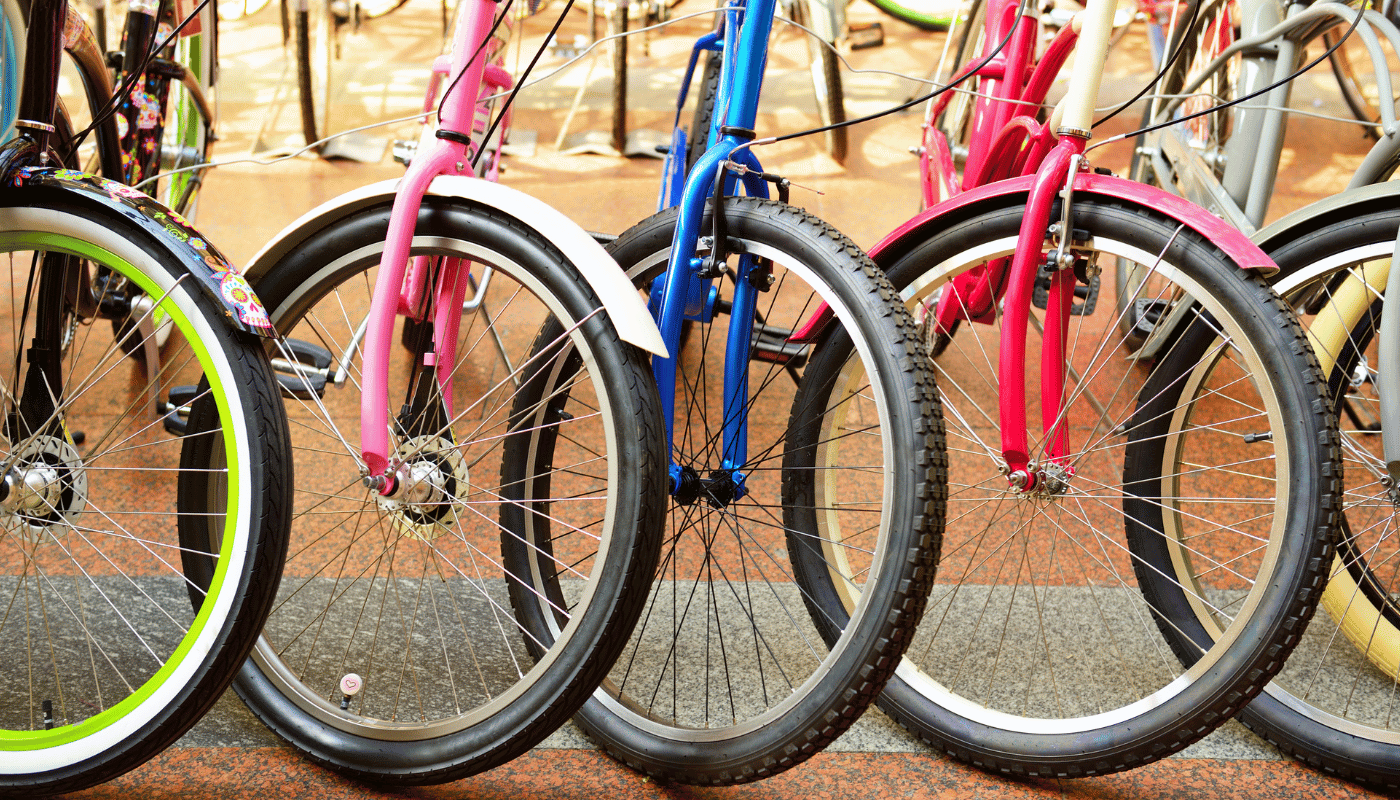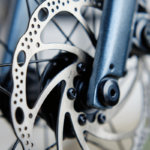Ah, the eternal question – what kind of bicycle should you have. The forums are full of these questions, people asking about a specific type of bike wanting to know if that’s good enough for them. But not many people really think about what kind of bike they should have. First of all, there are an amazing variety of different bicycles: City bikes, hybrids, road bikes, cyclocross bikes, BMX bikes, mountain bikes, cargo bikes, recumbent bikes, et cetera. The list goes on. And those are just the top categories: Under road bikes you have triathlon bikes, time trial bikes, trekking bikes, single-speeds, fixed gears – and nothing’s worse than mountain bikes: Hard tails, 29ers, full suspension, downhill, dirt, enduro and many, many more.
It may seem confusing for someone who spends a few hours per year on their bicycle, but once you understand where you use the bikes, it all clarifies. Trust me, I’ve been there. When people come to me to ask for help on selecting a bicycle, I usually go through these five basic questions to decipher their needs. When you have the needs sorted, you can start sorting out the bike segments, even before you start recommending brands or models – let alone talking about parts or geometries, we’ll get to that later.
- Where do you ride?
This usually is the question people ask themselves before buying a new bike, although they keep the criteria a bit simpler. They think whether you ride in the city (short sprints, frequent stops, easy mounting, etc.), on the road (speed essential, drop bars, lightness, etc.) or rough terrain (ground clearance, durability, suspension) – but it’s gone more complicated recently. The hybrid was supposed to be this perfect in-between for city and terrain, but it actually worked only with the more expensive hybrids. The cheaper ones were clunky and heavy, and usually sacrificed driver ergonomics with their half-assed geometry. They have developed as well, as have the three primary segments, but there are a few newcomers that might change your mind.
So now, for example, if you are like me and you have to ride long distances and enjoy road riding, but need a bit more than a road bike, the cyclocross provides the virtues of the road bike with the benefits of bigger tyres, more clearance and a place for racks and mudguards. You can also set them up for a more straight-up posture, making it more of a trekking bike. Same goes for the twenty-niners, mountain bikes with 29″ wheels – which provide lower rolling resistance and better ergonomics – while not sacrificing the all-terrain capabilities of a mountain bike.
So, when thinking of getting a new bike, figure out the routes you ride 95% of the time and cut them down to bits to apply more percentages: For example, for 95% of my routes contain about 80% roads and road-like surfaces and 20% easy terrain (sand and forest roads etc.) – and that’s why I went for my very road-like commuter built on a cyclocross frame, so I can get my mudguards and racks and bigger tyres.
- How much do you ride?
Once you know where you ride, and you wrote down your routes, you probably also have a distance you usually travel. The length has quite a big difference on your kit, the shorter the distance the taller your posture can be and the larger your saddle can be – since on short distances (that’s under 10 kilometers), comfort is more relevant than speed and .. chafing. The longer the distance, especially when commuting, time and speed becomes of the essence. So, even if you might live in a city, your migration might be over 40 kilometers a day, and you might want to cut down the time you have to spend on your commute by selecting another bicycle segment. Of course, some of us ride our bikes a bit more than necessary – and if you can’t afford several bikes you might have to compromise. Luckily bikes evolve yearly and even this mashing up is easier nowadays.
- Do you live in a flat country?
Most people do not need 27 gears (or as it is said in the “scene” a 9-speed triple), some people only need one. The reason we have gears, is that we can go faster and that we can go over hills. If your route has many climbs, you probably want some gears on your bicycle, but if you have a 5 kilometer jaunt in a flat city, you’re well set with a 3-speed hub transmission. If you are in poor shape, gears are even more relevant for a successful commute.
- What is your budget?
A surefire way to ruin your love for cycling and commuting is to get a crappy bike. When the bikes are standing in the shop, any derailleur (the things that move the chains to the sprockets) looks alike, no matter what it says in there – but durability is the key. The cheap bikes are supposed to be driven one summer and then discarded or swapped in for a new one. This is not only very stupid, it feeds the system of selling single-serving bicycles. If you have very different needs (say, you ride to work short distances in the city, but you enjoy driving long distances in the forests) finding a single bike will be nearly impossible, and at least very expensive. Sometimes getting two cheaper bikes (and you get discounts when you buy quantities) will be a better, and a more lasting solution that wasting your money on a single poor attempt to do the impossible. Hybrids, I’m looking at you.
Also, spend your money where it matters. A good frame and good tyres have more effect on your cycling than poor suspension will ever have. If the rack on your bike costs 10% of the price of your bike, do you think that the rack is really good or are you just getting a crummy bicycle? Also, check if you know someone who knows their bikes, and even better, knows how to build bikes. You’ll save money and get what you need.
Also, remember to save some of your budget for safety needs – a helmet, lights and basic tools are a good place to start. Try to negotiate them together with your bike for a discount!
- Do you have specific needs?
After the first four questions, you should have quite a good view on what kind of bike will be good for you – or at least your can tell your local bike shop your needs instead of your wants. Some of us might have special needs, such as lugging around larger amounts of cargo, kids, groceries, what have you – there are bikes and accessories to cover these needs as well – they even make tandems that have the front end for adults and the rear part is smaller for kids to pedal on. Ingenious!
When you’ve answered these five essential questions, you’ll be well on your way to finding a bicycle that truly fits your needs. Remember, the best bike for you isn’t necessarily the most expensive or the flashiest model; it’s the one that matches your riding habits, terrain, budget, and specific requirements. Whether you’re commuting through the city, tackling rough trails, or embarking on long-distance adventures, there’s a bike out there designed just for you. Don’t rush the decision—take your time to research, test ride, and consult with experts. Your perfect bike is out there waiting to make your rides smoother, safer, and more enjoyable.
If you have questions or want our help in finding the right bike for you, go through these questions and send the answers to us!





